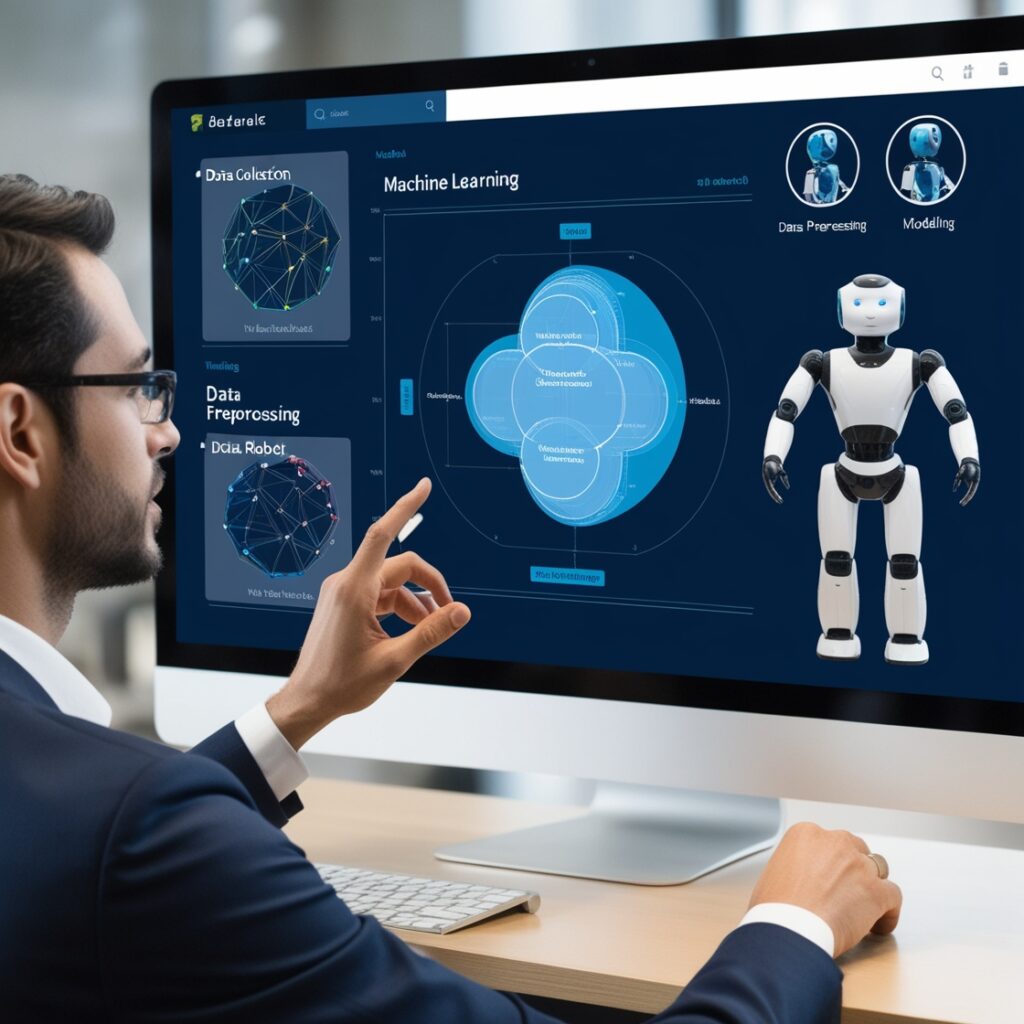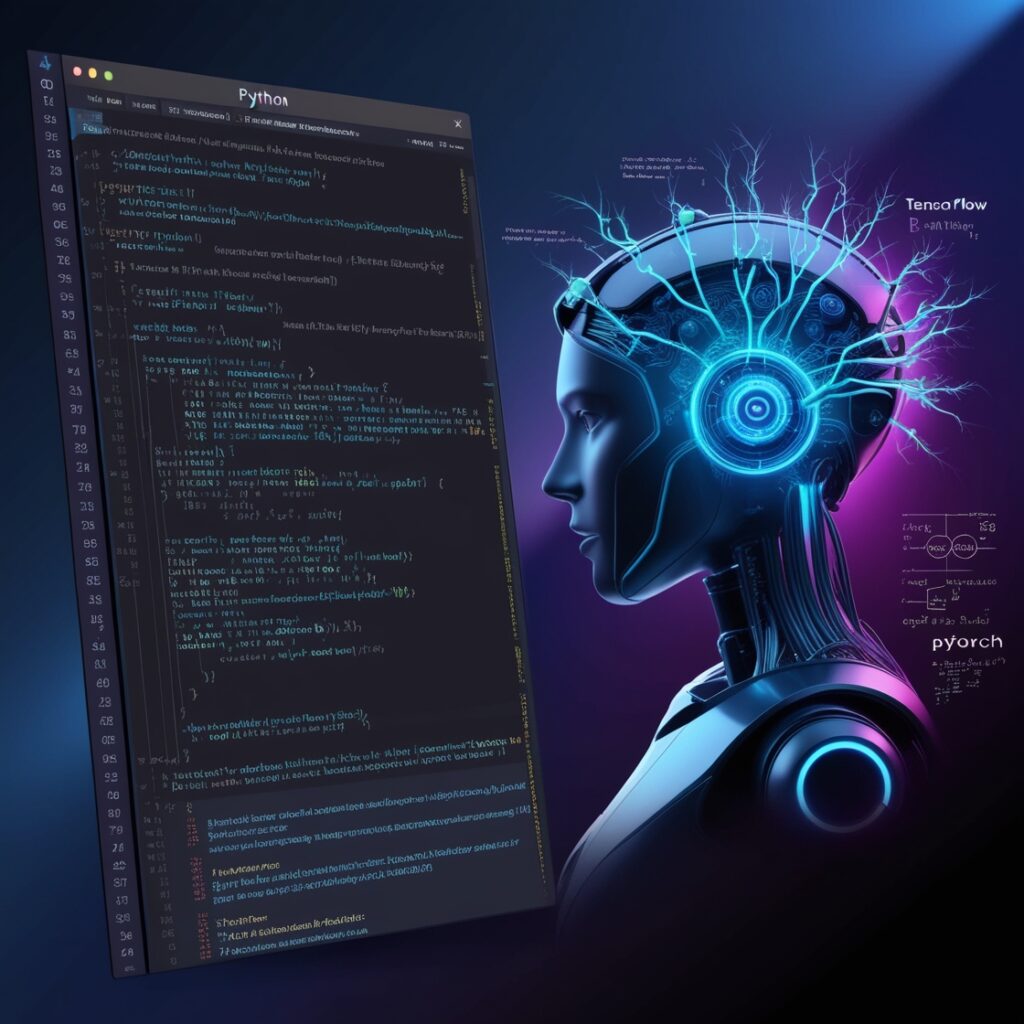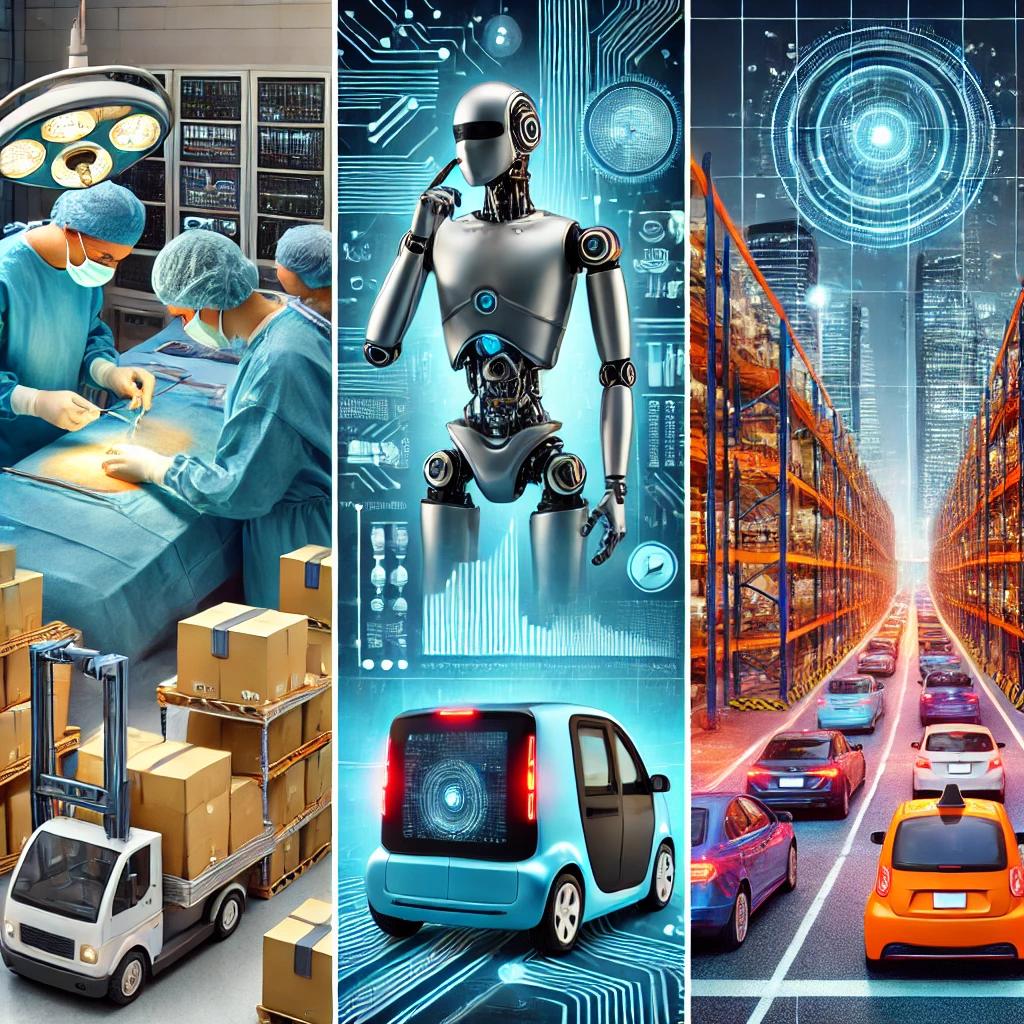Introduction
What is Cognitive Robotics?
An enhanced area of robotics called Cognitive Robotics focuses on creating robots with cognitive capabilities similar to those of humans. Cognitive Robotics combines machine learning, artificial intelligence, and neuronal networks to allow robots to sense their environment, learn from experience, and make decisions in real time—as opposed to traditional robots that strictly follow pre-programmed commands. Due to their massive capacity for information analysis, these robots can react and adjust to their changing surroundings.
The key to recognizing Cognitive Robotics from traditional automation systems is its capacity to replicate human-like reasoning and problem-solving abilities.
Cognitive Robotics is transforming several areas, including manufacturing and healthcare. In a manufacturing environment, for instance, a robot with vision sensors and data processing skills can examine goods, spot flaws, and modify its duties on its own. Data Analytics, which powers this adaptive learning and decision-making, enables the robot to process patterns and information in real-time, increasing its efficiency. When working with Cognitive Robotics systems, a Data Analyst would assist in improving the machine learning algorithms, guaranteeing that the robot analyzes data correctly and adjusts to its surroundings more skillfully.
Because these robots require enormous volumes of data to improve their learning processes, Data Analytics is crucial to the development of Cognitive Robotics. Cognitive Robotics systems get better over time by continuously collecting and evaluating this data, just like people do. The combination of machine learning and Data Analytics guarantees that these robots develop into increasingly efficient and self-sufficient machines, whether they be autonomous cars assessing traffic conditions or robotic arms adapting to manufacturing tasks. This blend of state-of-the-art technology puts Cognitive Robotics in a position to transform businesses through increased productivity and process simplification.
The Role of Data Analytics in Cognitive Robotics
Modern robotics depends heavily on data, which powers cognitive robots’ intellect and usefulness. To navigate complicated surroundings and make wise decisions, these sophisticated machines rely on real-time data from multiple sources, such as sensors, cameras, and other environmental inputs. Integrating data analytics is essential because it transforms this unprocessed data into useful insights that let robots comprehend their environment, spot trends, and modify their behavior over time. Cognitive robots continuously improve their abilities by utilizing AI and machine learning models, which enhances their productivity and decision-making. The crucial function of a data analyst, who guarantees the accuracy and applicability of data while creating algorithms that enable robots to learn on their own, is highlighted by this revolutionary procedure.
Key applications of data analytics in Cognitive Robotics include:
- Real-time Decision Making: Cognitive robots must make decisions quickly and accurately, often in dynamic environments. By using data analytics, robots can process sensor data in real-time to identify patterns, detect anomalies, and make informed decisions.
- Learning and Adaptation: Unlike traditional robots, cognitive robots continuously learn from experience. By applying machine learning algorithms powered by data analytics, these robots improve their performance over time. For example, a robot in a warehouse may learn to optimize its path to avoid obstacles and reduce delivery times.
- Predictive Maintenance: Cognitive robots are often equipped with multiple sensors that monitor their internal systems. Data analytics helps predict when parts may fail or require maintenance, ensuring smooth operations without unexpected downtime.
Data Analysts and Cognitive Robotics
The creation of intelligent systems has been completely transformed by the incorporation of data analytics into robotics, which has given data analysts several opportunities to significantly influence the effectiveness and functionality of these systems. The management of the vast datasets produced by cognitive robots, which include data from sensors, cameras, and other external inputs, depends heavily on a data analyst. They guarantee the quality and applicability of the data utilized for operational and training tasks by collecting, purifying, and processing big datasets. Data analysts use their knowledge to create AI algorithms and machine learning models that let robots learn from their environment, spot trends, and make judgments in real time.

This procedure not only increases cognitive robots’ flexibility and independence but also speeds up developments in sectors like manufacturing, logistics, and healthcare. Data analysts continue to be at the forefront of this technological revolution, with the integration of data analytics acting as the foundation for allowing robots to develop into extremely intelligent systems.
Key tasks of a data analyst in the field of Cognitive Robotics include:
- Data Collection: Cognitive robots generate enormous amounts of data. A data analyst collects this information from various sources, such as vision sensors, microphones, and environmental sensors.
- Data Preprocessing: Raw data often contains noise or irrelevant information. Data analysts preprocess the data by cleaning it, ensuring that only valuable insights are extracted for the robot to learn from.
- Modeling and Training: Using languages like Python, data analysts build machine learning models that allow robots to improve their decision-making capabilities. Python is widely used for its simplicity and powerful libraries like TensorFlow and PyTorch, which are essential for building neural networks and other AI models.
Programming Languages in Cognitive Robotics
To make the models and algorithms that underpin cognitive robots’ intelligence and functionality come to life, programming is essential. The foundation of these systems facilitates the smooth integration of AI algorithms, data analytics procedures, and machine learning models, which enable robots to learn, adapt, and make decisions in real-time. Python is the most popular programming language among many others for robotics applications, especially those that need to integrate AI, machine learning, and data analytics.

Because of its ease of use, readability, and vast library ecosystem, which includes TensorFlow, PyTorch, sci-kit-learn, and NumPy, Python is a popular choice among data analysts and roboticists. These libraries offer pre-built functionalities, allowing developers to focus on high-level problem-solving and significantly cut down on development time.
Furthermore, Python is a crucial tool for creating cognitive robots because of its compatibility with well-known robotics frameworks like ROS (Robot Operating System). Its capacity to effectively manage data processing, model training, and algorithm deployment highlights its role in pushing the limits of robotics innovation.
Real-World Applications of Cognitive Robotics
Cognitive Robotics is already making waves in various industries.
Here are a few examples:
- Healthcare: Robots that assist in surgeries can analyze data from cameras and sensors to ensure precision. These cognitive robots also learn from previous operations, improving their performance over time.
- Logistics and Supply Chain: In warehouses, cognitive robots analyze real-time data to optimize the movement of goods, reduce delivery times, and lower operational costs.
- Autonomous Vehicles: Self-driving cars are a prime example of Cognitive Robotics in action. These vehicles use data analytics to process data from their surroundings, identify obstacles, and make driving decisions safely.
The Future of Cognitive Robotics
Thanks to developments in data analytics, artificial intelligence (AI), machine learning, and data processing, cognitive robots are expected to enter a revolutionary new era. Cognitive robots will be able to carry out increasingly complicated activities that go beyond repetitive, preprogrammed operations as these technologies advance. By employing sophisticated AI algorithms to comprehend and react to complex behaviors and settings, they will be able to engage with people more organically. As a result of this change, robots will work as true collaborators in sectors including healthcare, logistics, manufacturing, and education, addressing problems that call for adaptability, independence, and accurate decision-making.

Data analytics plays a key part in this advancement and will continue to be the foundation for empowering cognitive robots to handle enormous volumes of real-time data and make more accurate decisions. Robots will be able to work in more dynamic, unpredictable environments thanks to their capacity to understand environmental inputs, recognize patterns, and modify their behavior, thereby revolutionizing the way many businesses function. For instance, because of continuous learning and development, autonomous cars will be able to easily negotiate ever more difficult traffic conditions, and healthcare robots will be able to carry out complex procedures with increased precision.
It is impossible to overestimate how important data analysts will be in determining this future. Data analysts will be at the vanguard of this technological transformation as the designers of the models, algorithms, and machine learning pipelines that power robot intelligence. They will be in charge of gathering, purifying, and processing data, guaranteeing its accuracy and applicability for operational and training duties. These experts will create cutting-edge AI models and prediction algorithms that will allow robots to operate with previously unheard-of levels of efficiency, performance, and adaptability.
Furthermore, the need for qualified data analysts will increase as more sectors embrace cognitive robots, pushing the limits of robotics innovation. To make robots more intelligent, perceptive, and smoothly incorporated into daily life, data analysts will play a critical role in developing increasingly complex neural networks and improving decision-making algorithms. In the end, the combination of cognitive robotics and data analytics will result in a future in which robots are vital collaborators in solving some of the most difficult problems facing humanity, not only tools.
Conclusion
A significant development in robotics is cognitive robotics, which allows machines to interact, learn, and reason in ways that were previously only imagined in science fiction. Robots can evaluate their surroundings, make rational decisions, and adapt to changing circumstances thanks to data analytics, the basis of these intelligent systems. Artificial intelligence (AI), machine learning, and programming can enable cognitive robots to achieve very high levels of efficiency and autonomy, making them vital instruments in sectors such as manufacturing, logistics, and healthcare.

This shift emphasizes how important data analytics is to bridge the gap between raw data and meaningful robotic intelligence, which is necessary to guarantee that robots continue to grow in complexity and capabilities. Learning programming languages like Python is a crucial first step for anyone interested in the nexus of robotics, AI, and data analytics who wants to contribute to the development of intelligent machines in the future. Python is essential for creating machine learning models and AI algorithms that power cognitive robots because of its intuitive syntax and extensive library ecosystem, which includes TensorFlow, PyTorch, and NumPy. The need for qualified data analysts will increase in tandem with the growing demand for smarter, more autonomous robots.
These experts will be crucial in releasing the full potential of cognitive systems, guaranteeing a time when robots are not just tools but also vital collaborators in resolving some of humanity’s most difficult problems. They possess knowledge in data processing, model building, and algorithm design.



